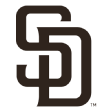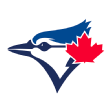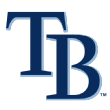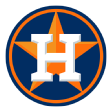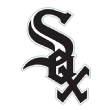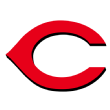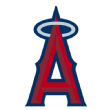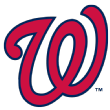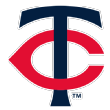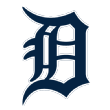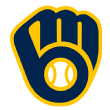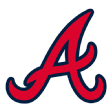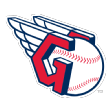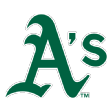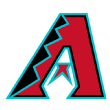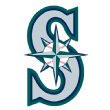- 27,978
- 9,062
- Joined
- Nov 18, 2007
MLB Network wins. ESPN is cancelling Baseball Tonight completely. Crazy. BT was a staple of my nights for my childhood.
Follow along with the video below to see how to install our site as a web app on your home screen.

Note: this_feature_currently_requires_accessing_site_using_safari
MLB Network wins. ESPN is cancelling Baseball Tonight completely. Crazy. BT was a staple of my nights for my childhood.

MLB Network wins. ESPN is cancelling Baseball Tonight completely. Crazy. BT was a staple of my nights for my childhood.

Enjoyed BT when I was younger but haven’t watched it since MLB network debuted.

 it's when I cut Baseball Tonight out of my life.
it's when I cut Baseball Tonight out of my life.Wonder what this does to the cost of the jerseys.
Maybe I'm on my own, but I liked the Majestic authentic's.




not sure if mentioned in here but was looking at jerseys on fanatics and noticed the marlins have a new uniform and logo
it’s more “miami” pink and blue colors
Trout leaving that bum *** city to come homei think it’s a lock he ends up in philly
visualizing him in a phillies uniform looks too fitting
if they pair him with trout when it’s his turn...jesus



